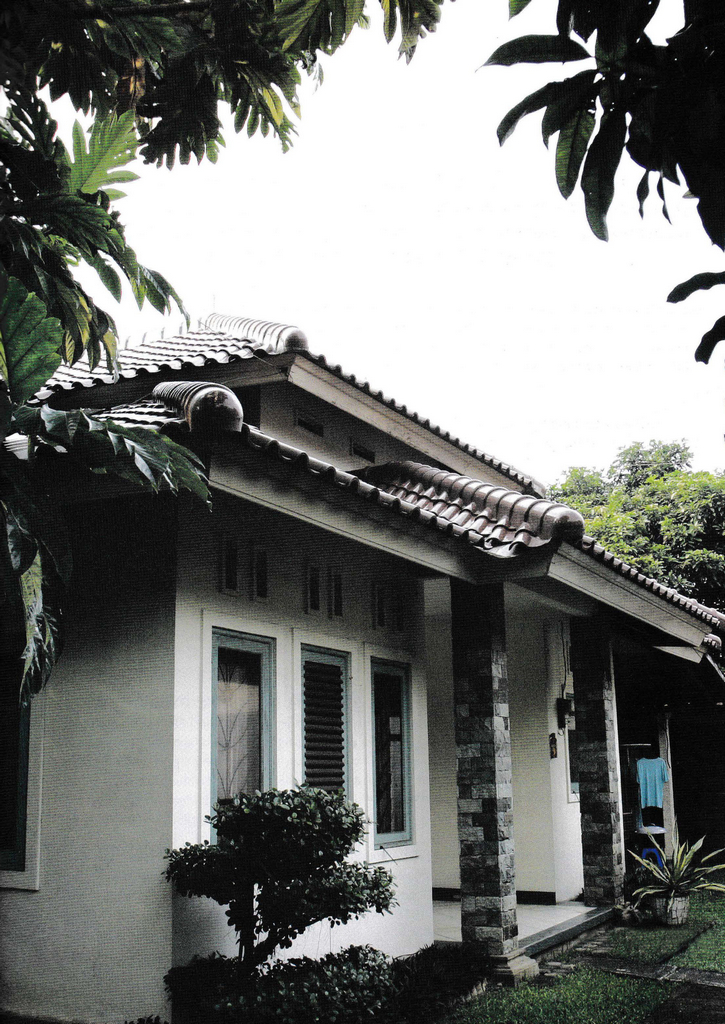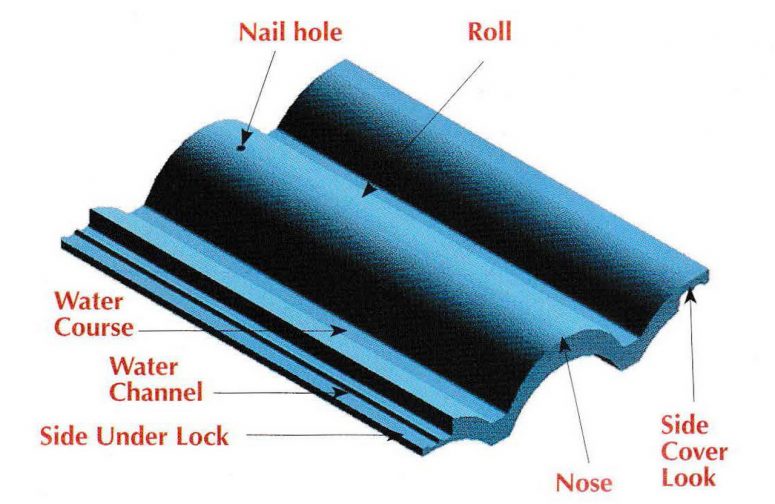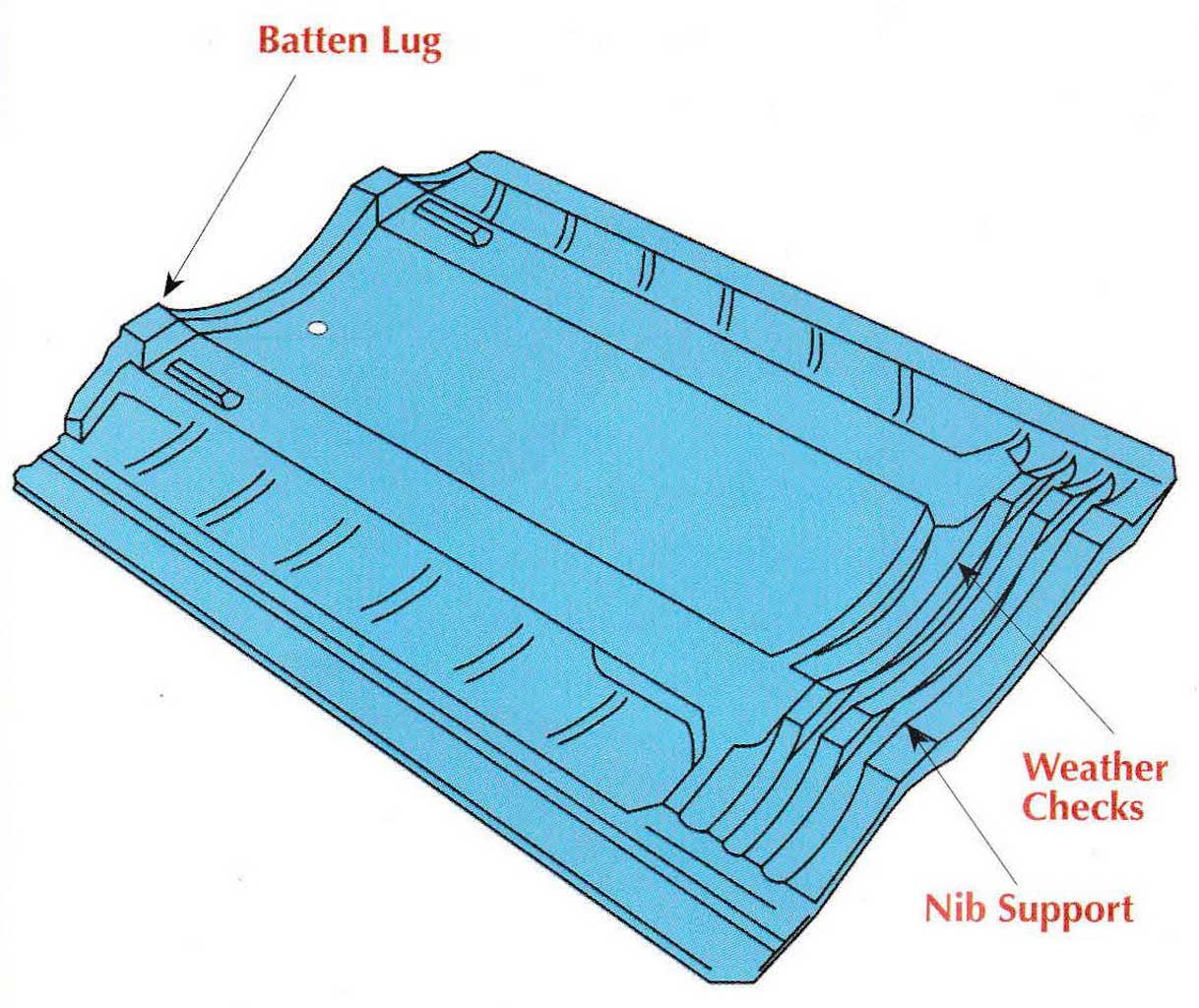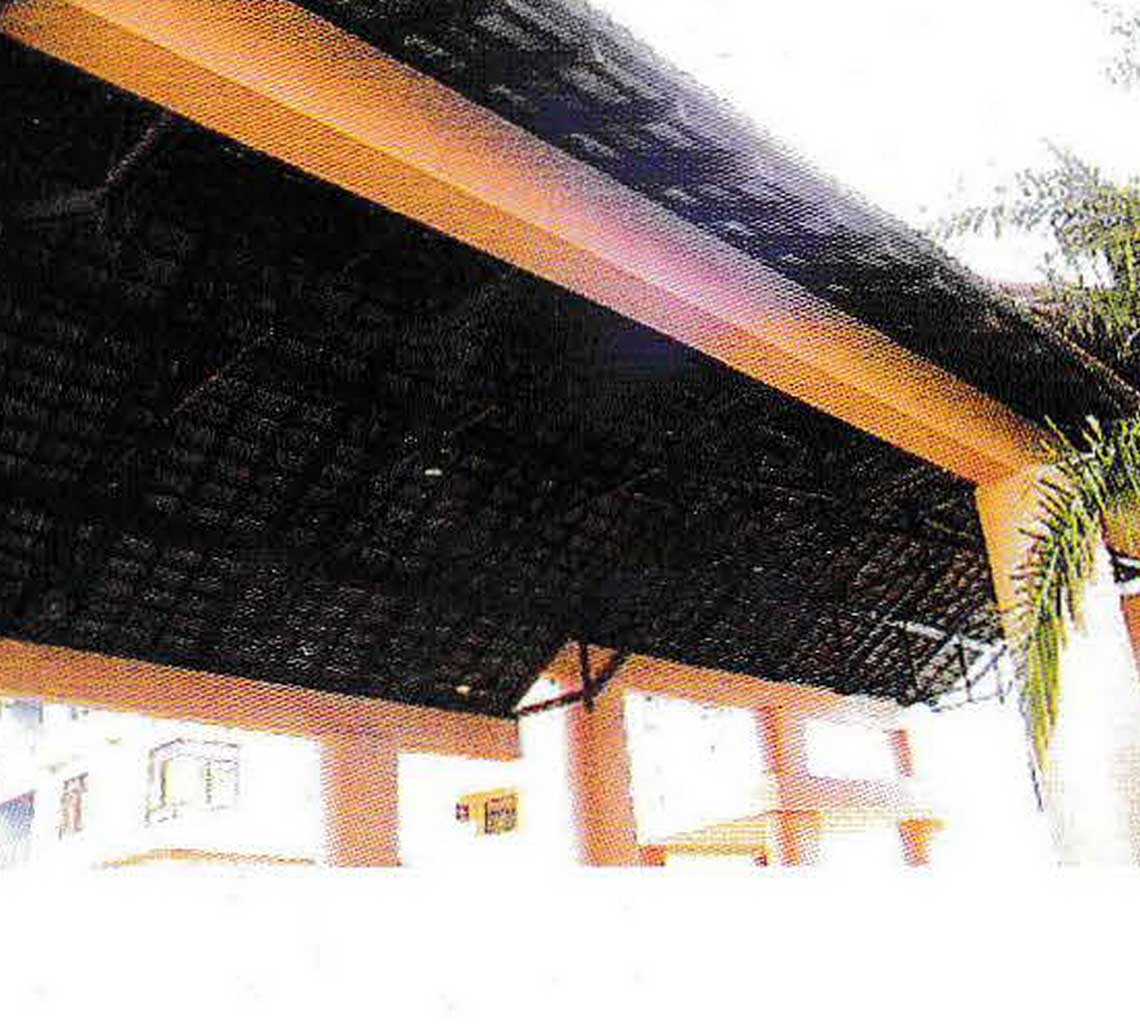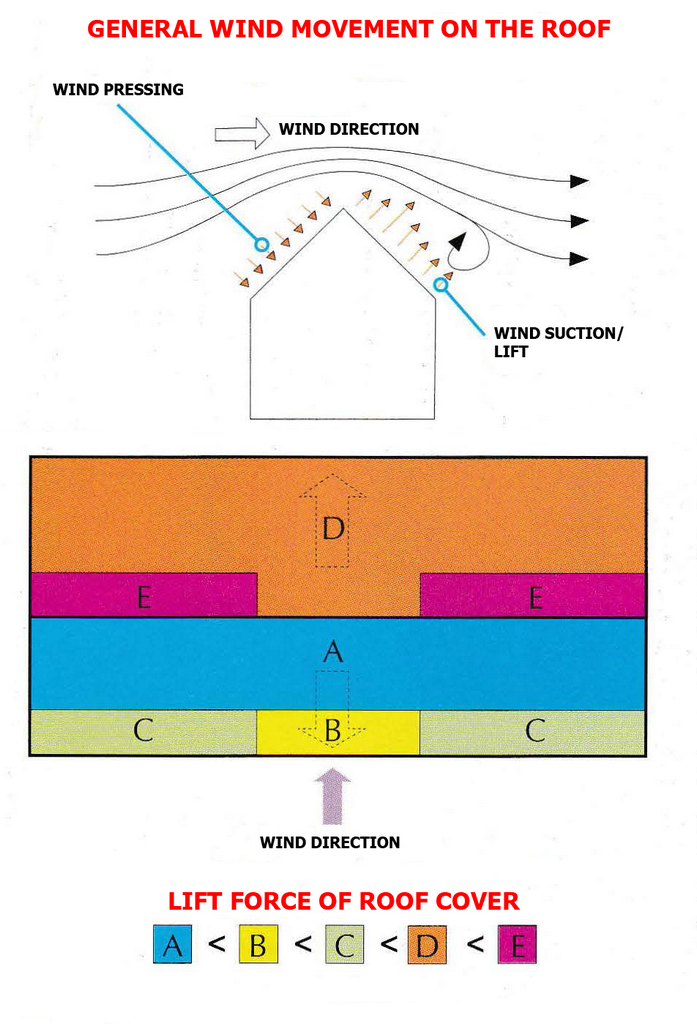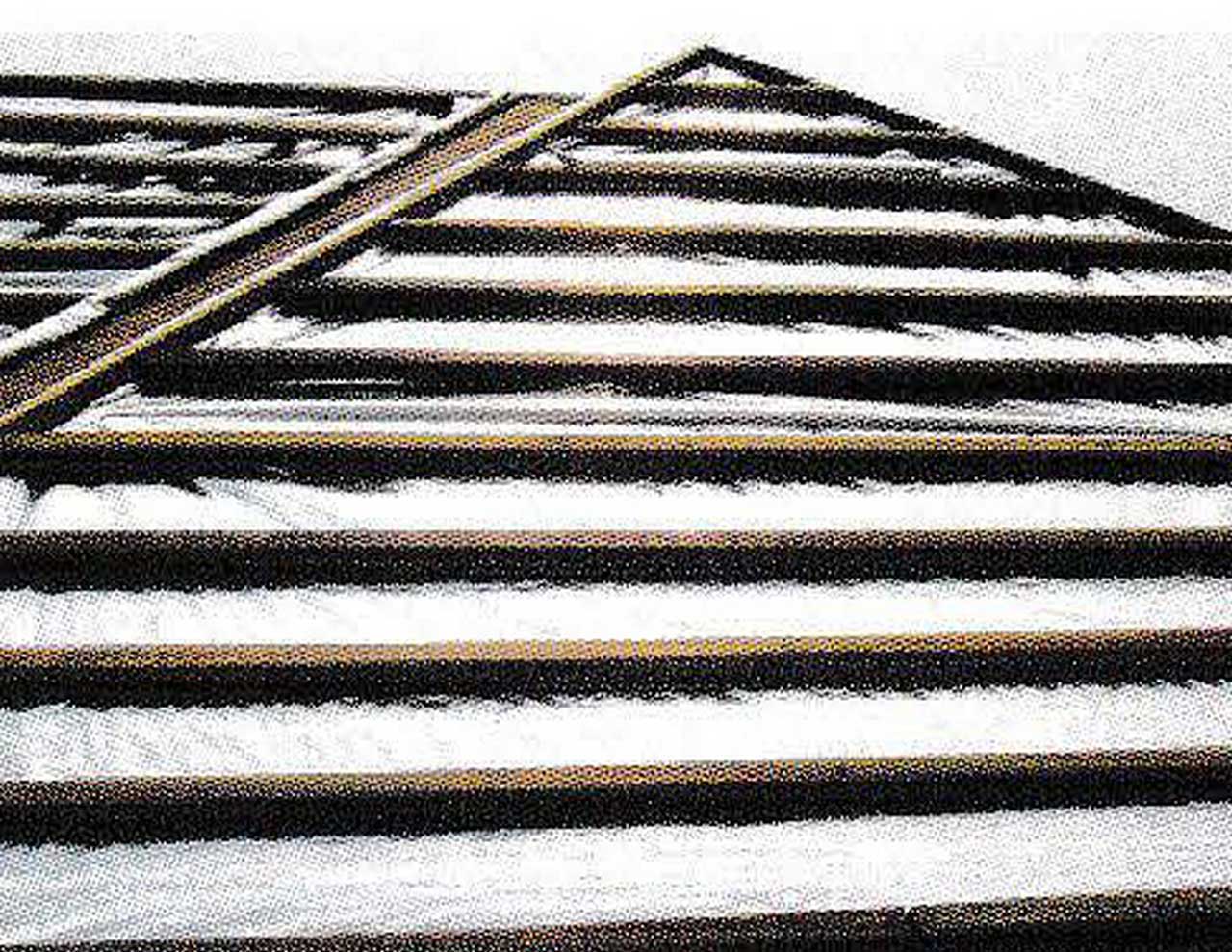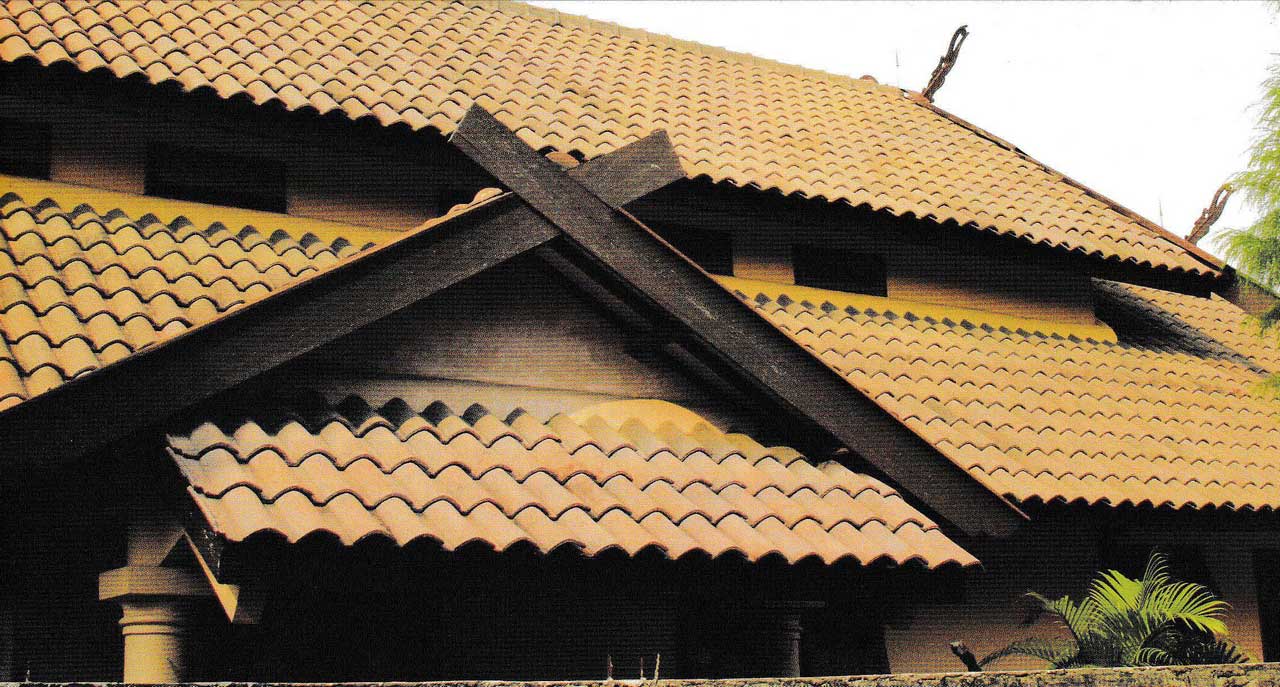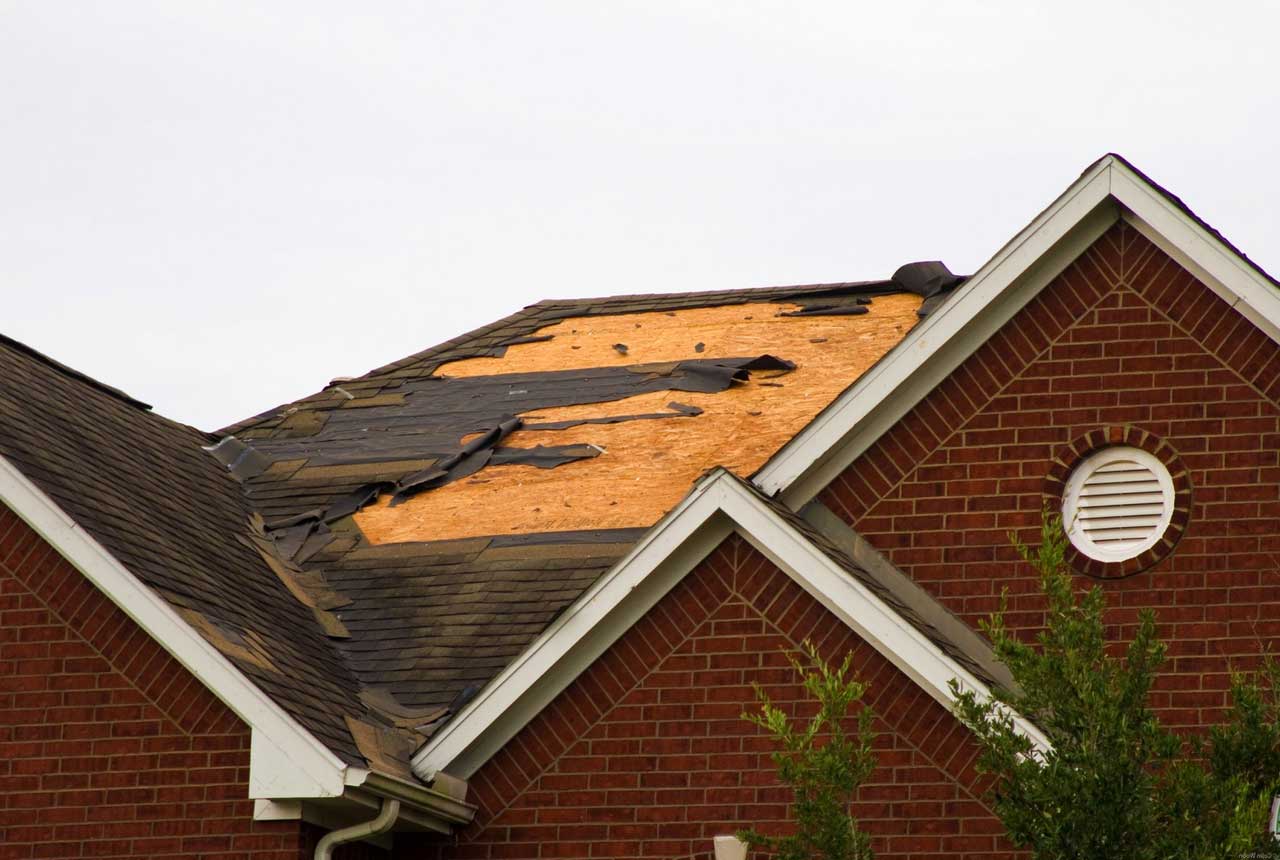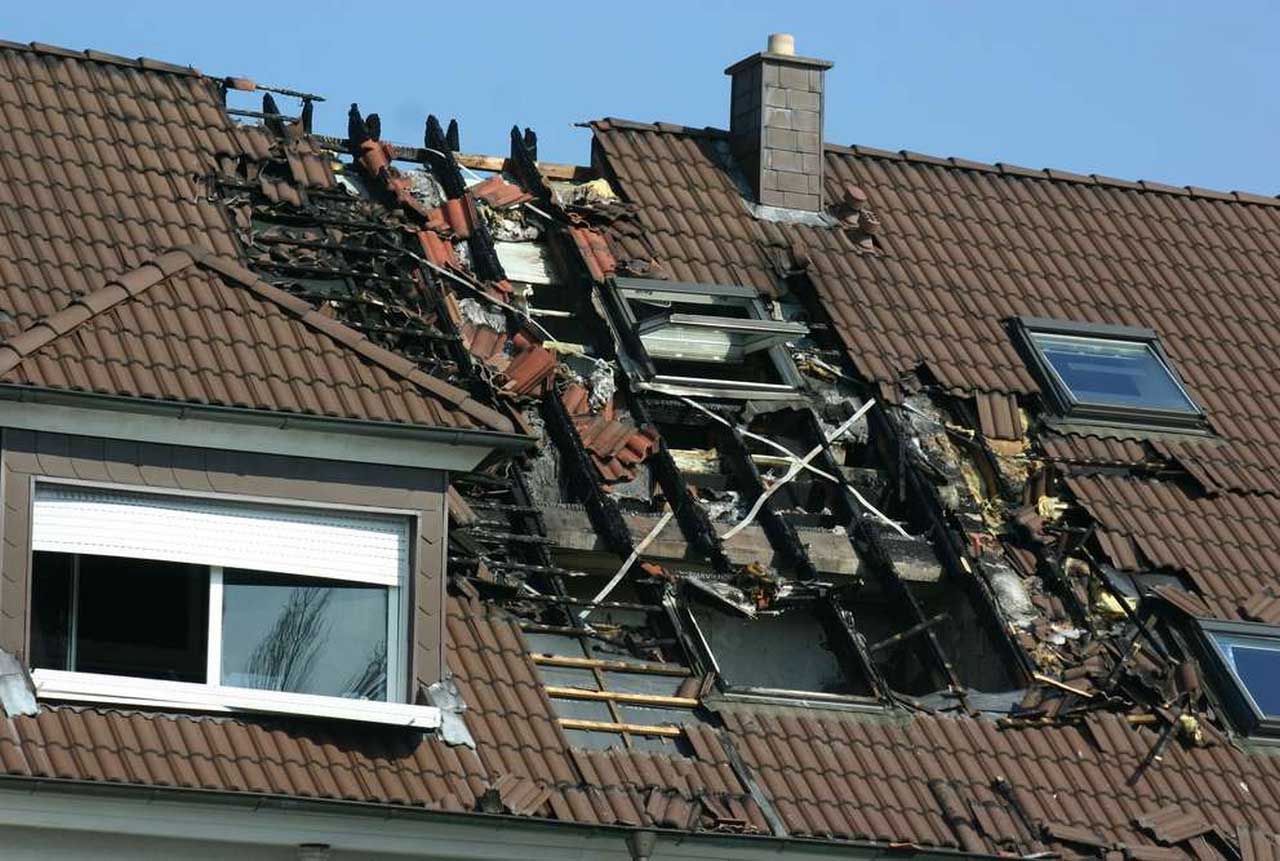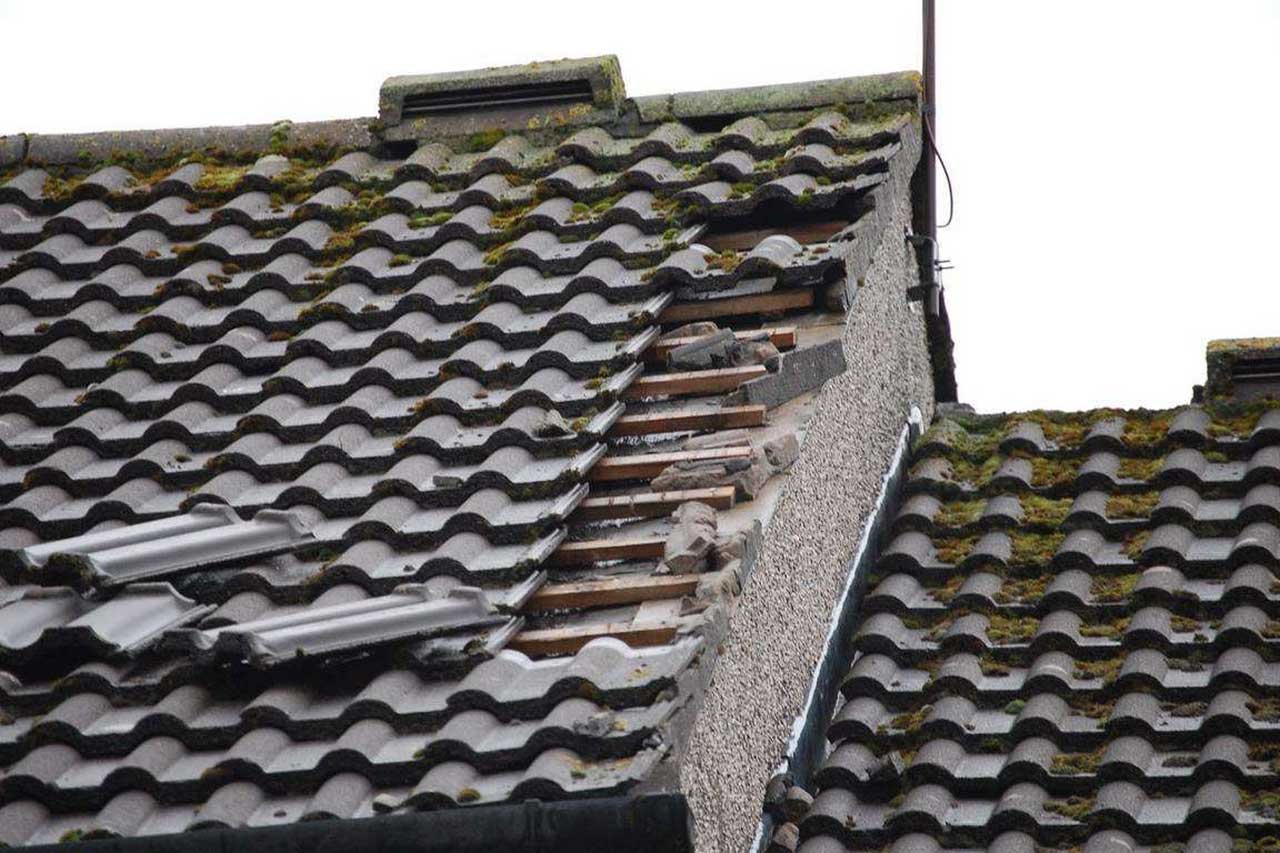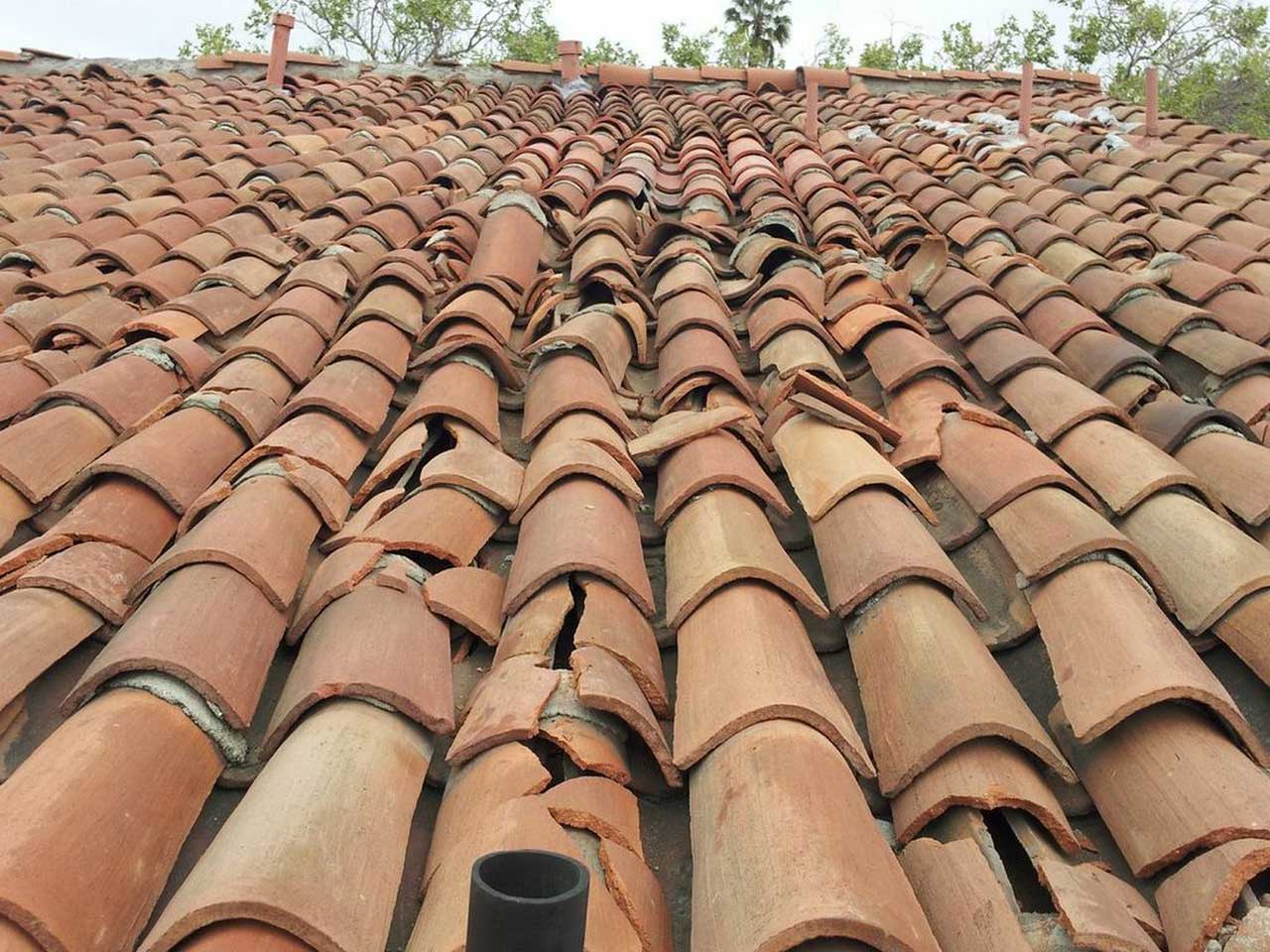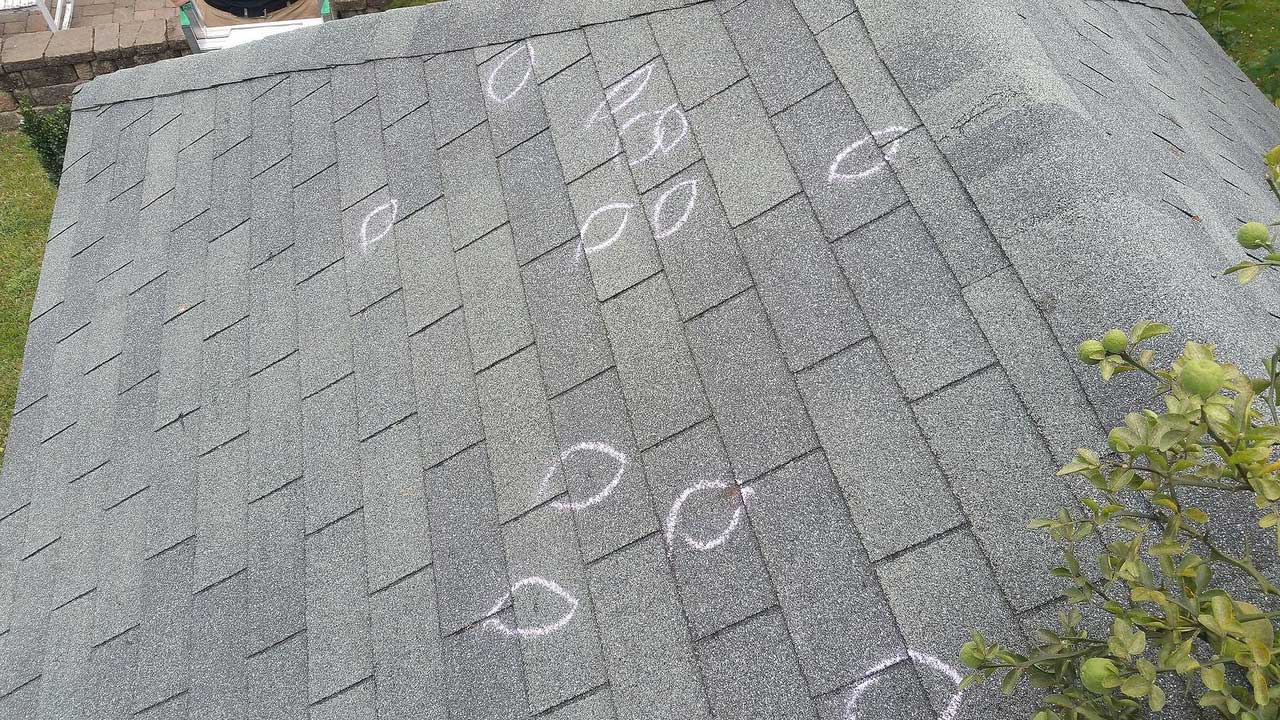Wind Damage to Roof Houses: How to Prevent it? | Roy Home Design
Wind damage can result in many losses. Not only for the country but also for the people, who are directly affected by storm damage. Starting from the loss of material, time, and even loss of life.
BEWARE OF WIND BEHAVIOR
The influence of wind is one of the weather factors that should be observed when installing a roof. Wind blowing – especially a strong wind, will directly hit the roof and can cause roof cover position shift (wind uplift).
An understanding of wind behavior and its influence on buildings is very necessary. Ferry Chase, a building design expert, suggests that the influence of wind on a building is in the form of wind loads acting on the building. The workings of the wind are perpendicular to the structural component area. This load can be in the form of positive pressure (wind blowing) and negative pressure (suction wind) on the surface of the building’s structural components.
Wind loads that hit a building are not always the same in each location, depending on geographic location, building height, roof structure, type of building, a weight of roof covering material, and roof cover area. This condition occurs because it is influenced by the characteristics of the wind.
Anatomy of Roof Tiles
A good roof tile, you should have the components as shown in the picture.
-
Nail hole
Nail holes that serve for quick installation (with nails) and maintain the position of roof tiles on battens.
-
Batten Lug
Roof tile hooks on battens are firm and precise, to secure the tile roof is not shifted.
-
Weather checks
A bearer area with positive pressure serves to block raindrops from entering the roof.
-
Watercourse
A firm water channel on the roof tile body functions to drain water quickly and directed.
-
Water channel
Double drains that are firmly on the inside of the roof tile, drain water quickly and directed so that no dead water occurs.
-
Side under lock
Side interlock system at the bottom that guarantees the installation correctly, neat, and locks roof tiles to one another.
-
Side cover lock
The upper side interlock system ensures the installation correctly, neat, and locks one roof tile to another.
-
Nib support
Textured roof tile holder will ensure the position of the roof tile to be stable with one another.
-
Roll
The body of the hollow roof tile.
-
Nose
The bottom of the roof tile body.
See also: How to Build a Secure Roof Design Construction for Houses
WIND DAMAGE PRECAUTION AND SOLUTION
Wind damage in the location of residential buildings can be prevented by applying the following 4 points.
-
Open Roof
The principle of an open roof is the existence of a cavity on the roof covering which serves as a respirator for the roof. This cavity acts as an air cushion and from this cavity, the wind flow can enter the roof. The roof is actually working like a human lung. The presence of push wind and suction wind (lift) that in and out through the roof tiles can carry air from the inside of the roof pads, so the air can change.
-
Cross Ventilation
Consists of 2 hole openings (can be doors, windows, or rooster) which are located facing each other. This condition causes air to flow and crossing the space. Air holes also need to be made at the top and bottom. The hole in the bottom is placed as close to the floor as possible, while the hole in the top is placed as close as possible to the ceiling. The holes placement is attempted to be on the side that has the greatest movement and wind gusts.
Additional ventilation on the roof can only be done on the side of roof jettying. Ventilation in the part of a building is usually done with an impure cross system, namely the occurrence of cross ventilation due to the room insulation that reaches the ceiling (bounce wind). Unlike with traditional buildings, generally room insulation is adequate and air above it flows well.
-
Underlay
The roof components complementary is placed under the roof tile so that the wind cannot in and out from the ceiling room.
-
Nail & Clip
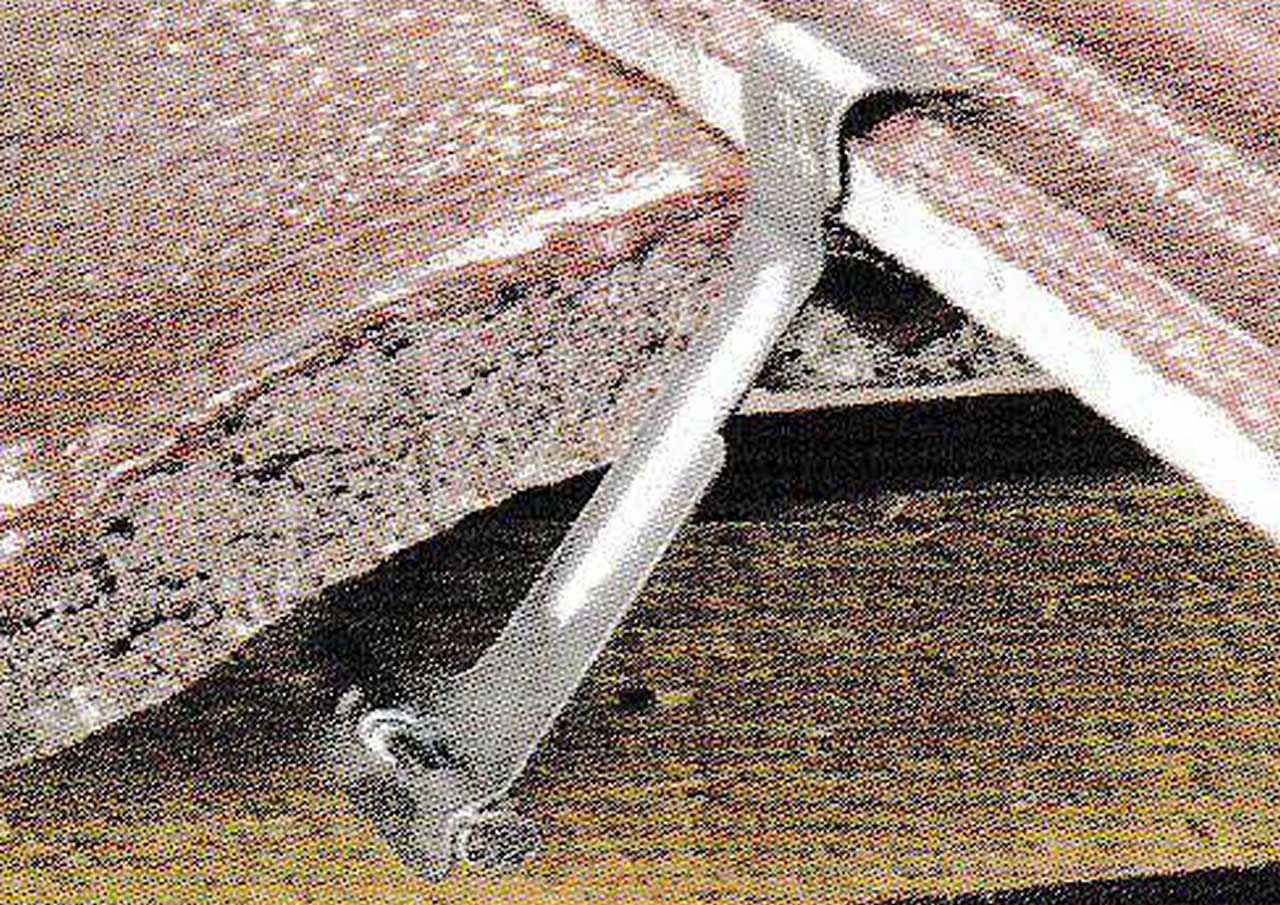 This component keeps roof tiles from being lifted easily.
This component keeps roof tiles from being lifted easily.
To reduce the incidence of wind damage needs a shield in the form of dense-leaved plant with strong roots. The types of plants are adapted to the local climate so that they are easily planted and treated.
See also: Prevent a Leaky Roof from Water Damage and How to Stop it
Wind Characteristics
- Building damage caused by wind damage will usually be repeated in certain areas.
- The wind will move faster when passing through open areas, such as large fields
- Strong winds occur because of the difference in air pressure that is too large in an area.
- Wind speed at a building is influenced by the location of the building and the environmental conditions in which the building is located.
- High buildings and trees can block and block the movement of strong winds.

